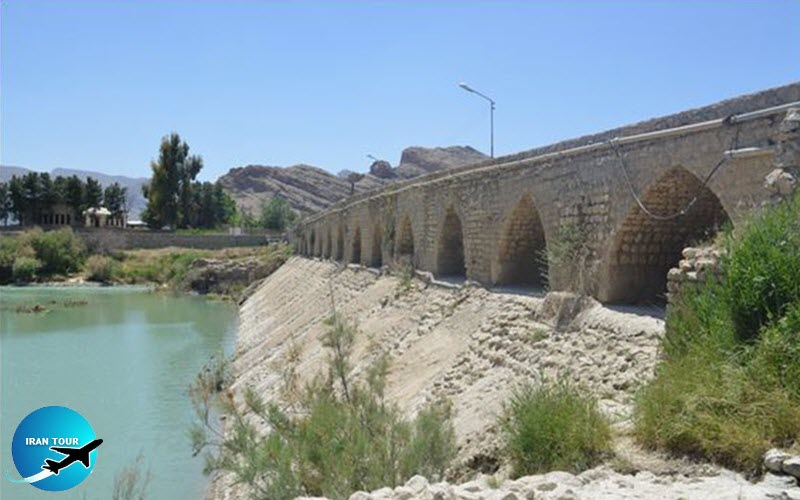Copyright 2020 - 2021 irantour.tours all right reserved
Designed by Behsazanhost
Emir's Dam
Emir's Dam
Especially beautiful during the springtime, the Emir's Dam spans the Kor River at the southeastern extreme of the Marvdasht Plain. It was built around 970 at the order of Azod al-Dowleh, along with five other weirs between what is now the Khan Bridge and Lake Bakhtegan. A legend handed down from generation to generation in the family of the author's husband recalls their ancestor as the actual builder of this dam. This pious man, an architect by profession, is said to have had the ability to interpret dreams. One night Azod al Dowleh had a bad dream. He called for the seyed (a title indicating someone who traces his origin to the Prophet Mohammad), and the seyed explained to the Emir that to keep Shiraz from being flooded, the Emir must build a dam across the river. The seyed also promised that if the Emir would perform this act of benevolence, he would be presented with a garden in paradise. Azod al Dowleh refused, saying that he would not exchange his ready money for the hope of future blessings. The next night in a dream the Emir saw a beautiful garden, but when he wanted to enter it, the Prophet Mohammad would not let him in. The Prophet told the king that he had upset the Prophet's offspring, and refused to buy this garden from him. When the Emir woke up, he called for that seyed "of Paradise" (Beheshti in Persian) and entrusted him with supervising the construction.
 |
The Emir's Dam is built of rubble stone bonded with mortar, reinforced in places with iron clamps; its bulky structure presses heavily on the riverbed. Processed stones were used for outer surfaces. The dam is built in a straight line, and also serves as a bridge. Water collected behind the dam is used for irrigation purposes.
The canal at the western end of the Emir's Dam was built to carry away the excess water collected behind the weir. Two partitions have been added to the structure recently, to ensure more effective control of the water gathered in the canal.
- Details
- Category: Museums of Shiraz